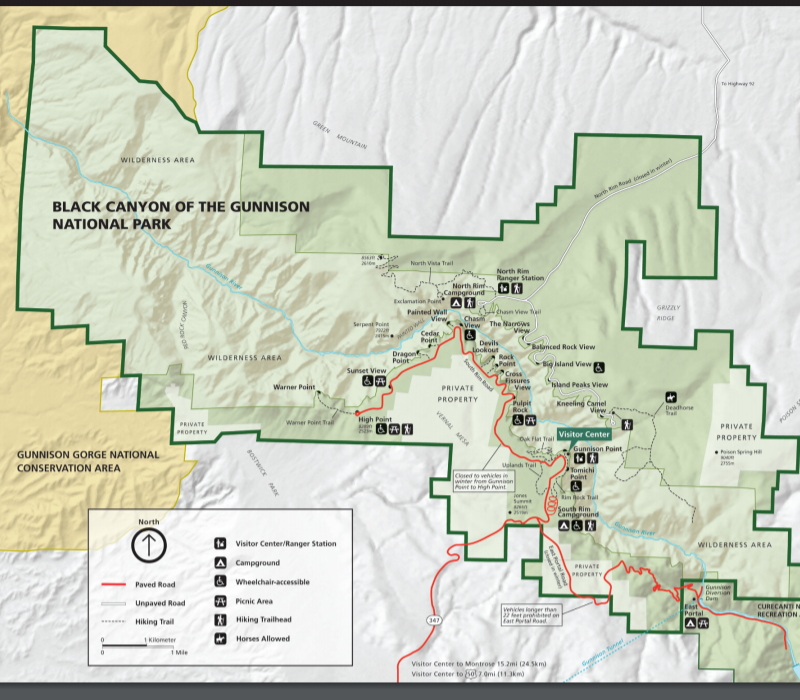
USGS Investigators: Collin Eagles-Smith , Sarah Janssen , David Krabbenhoft
NPS Investigators: Emily Spencer , Jessica Resnik , Morgan Wehtje
| 2025 | 2026 | 2027 |
|---|---|---|
| $100,000 | $100,000 | $99,000 |
NPS Park: Northern Colorado Plateau Inventory & Monitoring Network ( Black Canyon of the Gunnison NP , Bryce Canyon NP , Capitol Reef NP , Cedar Breaks NM , Colorado NM , Curecanti NRA , Dinosaur NM , Fossil Butte NM , Golden Spike NHS , Pipe Spring NM , Timpanogos Cave NM , Zion NP ) Southeast Utah Group ( Arches NP , Canyonlands NP , Hovenweep NM , Natural Bridges NM )
USGS Center: Upper Midwest Water Science Center Forest and Rangeland Ecosystem Science Center
States: CO UT
Our main goals are to quantify the distribution, magnitude, and extent of elevated biological mercury (Hg) concentrations in food webs of NCPN parks and to identify important biogeochemical and ecological factors that lead to elevated methylmercury (MeHg) production within freshwater environments of NCPN parks, including Arches National Park, Canyonlands National Park, Capitol Reef National Park, Colorado National Monument, Dinosaur National Monument, and Zion National Park.
We will address our project goals through four distinct objectives:
These objectives would be used in tandem to assess geochemical and landscape features across the NCPN that promote Hg methylation and bioaccumulation, allowing managers to identify regions with elevated wildlife health risks due to Hg. Furthermore, results of the biogeochemical monitoring and methylation assays will allow for future risk prediction as it relates to climate (e.g., variable water delivery) and landcover changes (e.g., biocrust conservation and restoration) within the region.
These data can be directly used to inform habitat restoration and maintenance across the NCPN as it relates to water management, water quality, and ecosystem modifications that could promote higher Hg methylation.
